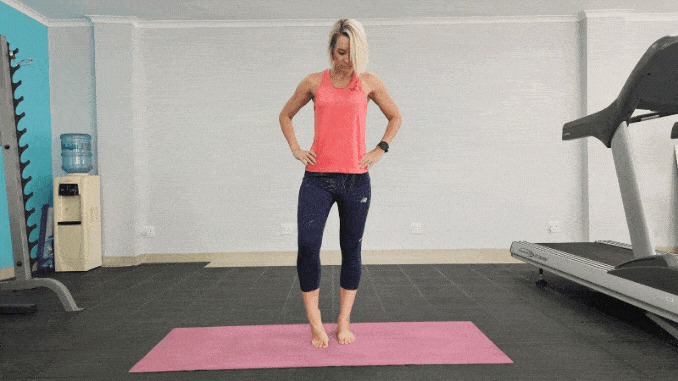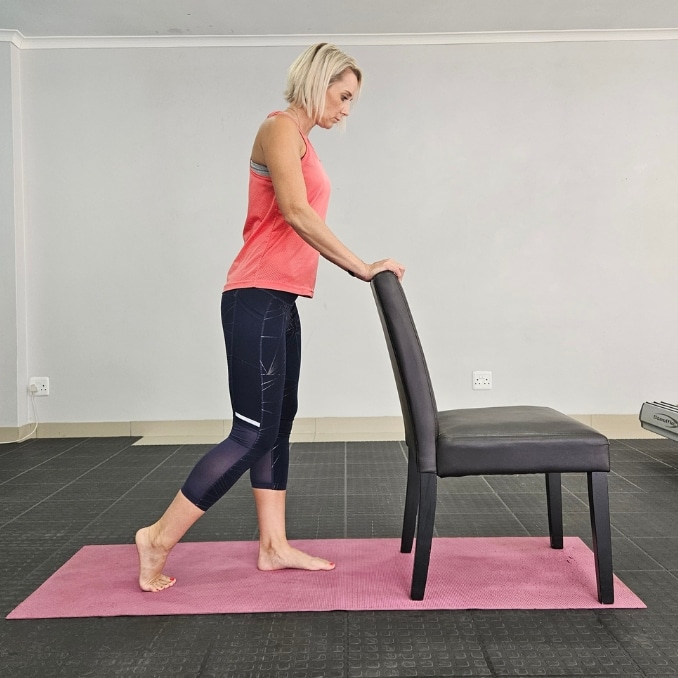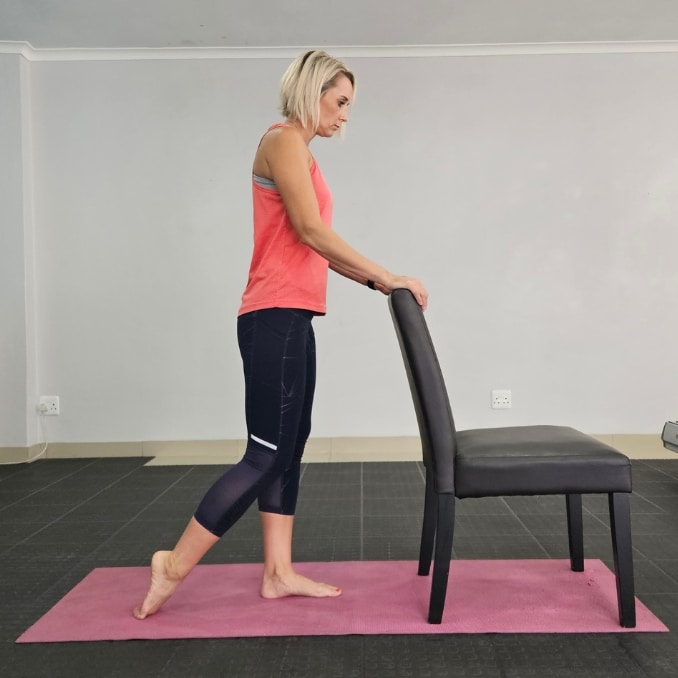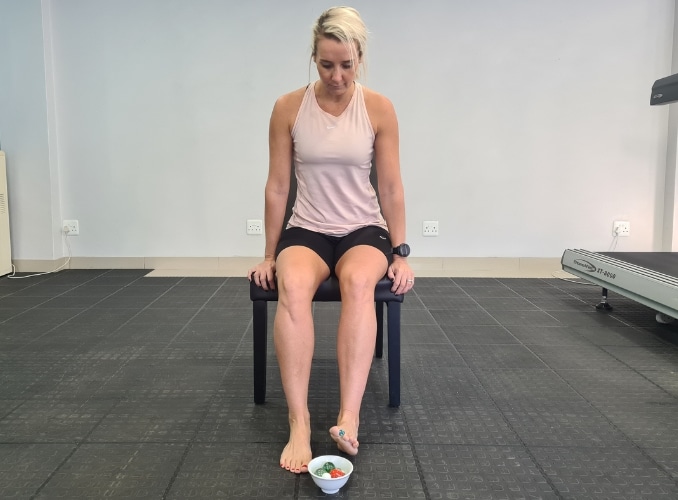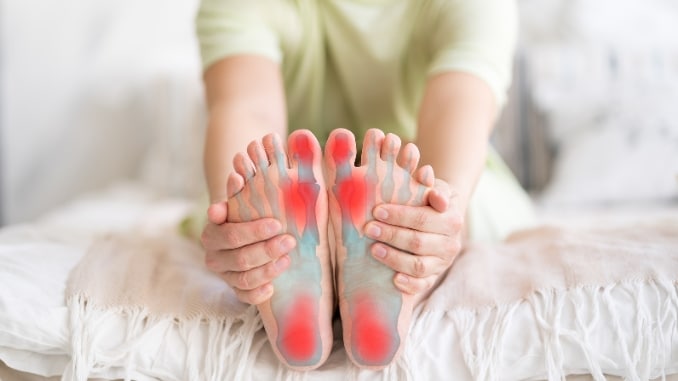
Healthy, pain-free feet are often overlooked treasures in our daily lives. These remarkable structures carry the weight of our bodies, enabling us to move, explore, and experience the world. Yet, their significance becomes apparent only when foot pain strikes. The wonders of healthy feet extend beyond mere mobility; they encompass the freedom to enjoy life to the fullest. Incorporating foot pain exercises into our daily routines is not just a matter of comfort—it’s a vital aspect of self-care. These exercises can prevent or alleviate discomfort, enhance our overall well-being, and empower us to embrace a life of vitality and exploration, one step at a time.
The Foot Structure and Importance of Foot Care
The human foot, a marvel of design, consists of 26 bones, 33 joints, and over 100 muscles, tendons, and ligaments. Its intricate structure grants us remarkable precision and balance for everyday activities. The foot’s three primary arches serve as natural shock absorbers, while the plantar fascia offers stability. Understanding foot structure is vital to emphasize the importance of foot care.
Effective foot care is a necessity, not a luxury. Neglect can lead to various issues, from corns, calluses, and ingrown toenails to severe problems like plantar fasciitis and bunions. Ill-fitting shoes, improper gait, and inactivity worsen these concerns. Foot care involves hygiene, suitable footwear, exercises, and professional care. It’s about physical well-being and the freedom to enjoy activities without pain.
Neglecting foot care impacts mobility, posture, and overall health. Prioritizing it is crucial to preserve mobility. By understanding foot anatomy and its significance, we can keep our feet healthy, ensuring comfort and confidence in our daily lives.
Ways to Prevent Foot Pain and Injury
1. Stretching and Strengthening Exercises
These exercises are essential for maintaining foot health and preventing injuries. Enhance the strength of your toe muscles by utilizing some toe curl exercises like picking up small objects like marbles using your toes. Calf stretches improve flexibility in calf muscles and reduce the risk of Achilles tendon injuries. Ankle circles help maintain ankle joint mobility and eliminate ankle pain. Incorporating these foot exercises into your routine can enhance foot strength and flexibility.
2. Proper Footwear
Selecting the right footwear is critical for foot health. Shoes should provide adequate arch support to maintain the natural arches of your foot. Cushioning is essential to absorb shock during activities. The fit should be comfortable, with enough room for the toes to move freely. Choosing footwear that isn’t overly tight or lacking support, especially avoiding high heels, is vital for preventing issues like bunions and plantar fasciitis.
3. Orthotics
Orthotic inserts or custom-made orthotics are specialized insoles that provide additional support and alignment for your feet. A podiatrist or orthopedic specialist can prescribe these based on your specific needs. Orthotics can be particularly helpful if biomechanical issues, such as overpronation or flat feet, contribute to foot pain or injuries.
4. Gradual Increases in Activity
Rapidly increasing your activity level can put stress on your feet and increase the risk of injury. Gradual progression allows your feet to adapt to the demands of exercise. Whether starting a new workout routine or increasing the intensity, take it step by step to give your feet time to adjust.
5. Proper Warm-Up
Ensuring a proper warm-up is essential before starting any physical exercise. Warming up with calf stretches, big toe stretches, and ankle rotations, for instance, helps prepare the tendons, muscles, and ligaments in your lower legs and feet for the stress of exercise. It promotes circulation and lessens the likelihood of strain or injury.
6. Foot Stretches
Foot stretches, such as toe stretch, plantar fascia stretch, and Achilles tendon stretch, improve the flexibility of the foot and ankle. A regular gentle stretch helps prevent conditions like plantar fasciitis and maintain a full range of motion in the foot.
7. Professional Guidance
If you have persistent or chronic foot pain, or if you’ve experienced recurring foot injuries, seeking professional guidance is crucial. A podiatrist or physical therapist can conduct a thorough evaluation, diagnose underlying issues, and create a personalized treatment plan. They may recommend specific exercises, orthotics, or other interventions to address your foot concerns effectively.
Effective Foot Pain Exercises
1. Heel Rotations
Begin in an upright standing position with your feet hip-width apart, maintaining good alignment with your head, shoulders, hips, and legs. Bring your left foot forward and transfer 75% of your body weight to your front leg. Engage your core and gently move your heel in a circular motion. Start with 3 circles and repeat the movement in the opposite direction. After several repetitions, perform the movement on the opposite foot.
2. Foot Inversion
For this foot pain exercises, begin in an upright standing position with your feet hip-width apart, maintaining good alignment with your head, shoulders, hips, and legs. Engage your core and step one foot forward. While keeping the knees straight, slowly shift your body weight on the outer edge of the foot. Flatten your foot down to return to the starting position and repeat the movement. Start with 1 set of 3 repetitions on each side.
 |
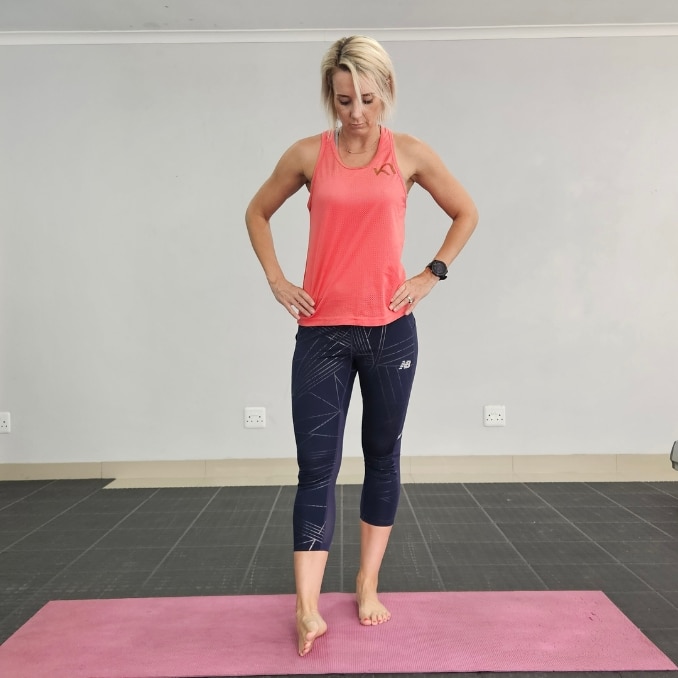 |
3. Foot Extention
For this exercise, utilize the back of the chair or wall for support if needed.
Begin in an upright standing position with your feet hip-width apart, maintaining good alignment with your head, shoulders, hips, and legs. Step back with your right leg, stacking your heel over your toes. Transfer your body weight to your other leg and slightly lean forward, pressing on your toes. Hold this position for a few seconds and repeat the movement as needed. Start with 1 set of 3 repetitions on each foot.
To intensify the stretch, roll a sock or a small towel between your toe gaps as you perform the movement.
4. Foot Flexion
For this foot exercise, utilize the back of the chair or wall for support if needed.
Begin in an upright standing position with your feet hip-width apart, feet flat on the floor, and maintaining good alignment with your head, shoulders, hips, and legs. Step back with your right leg and transfer your body weight to your other leg. Extend your back leg and tuck your toes under your heel as if you’re trying to pick up an object with your toes. Then, slightly bend your knees and use your weight to press against the curled toes. Hold this position for a few seconds and repeat the movement. Start with 1 set of 3 repetitions on each foot.
To intensify the stretch, roll a sock or a small towel between your toe gaps as you perform the movement.
5. Plantar Flexion and Dorsiflexion
Begin in an upright sitting position with your legs extended in front of you, maintaining good alignment with your head, shoulders, and hips. Bend one knee, hold the back of the thigh with both hands and lift the foot off the floor. Working on the range of motion in the ankle joints, point your toes toward the floor, then alternate the movement by flexing your ankles, and lifting your toes toward the ceiling. Perform for 3 repetitions in each direction. Repeat the movement on the other foot.
To make this foot pain exercises more challenging, perform the movement with your leg straight for a deeper stretch.
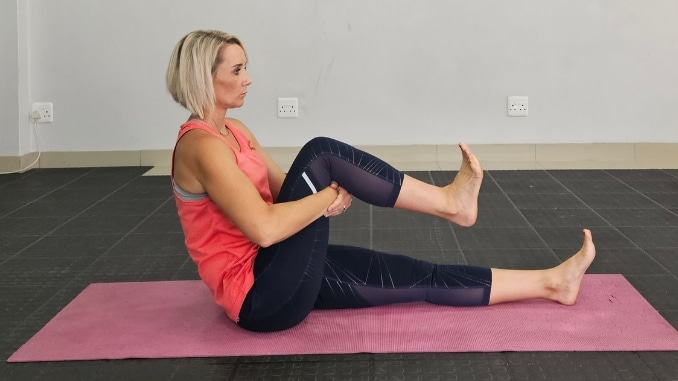 |
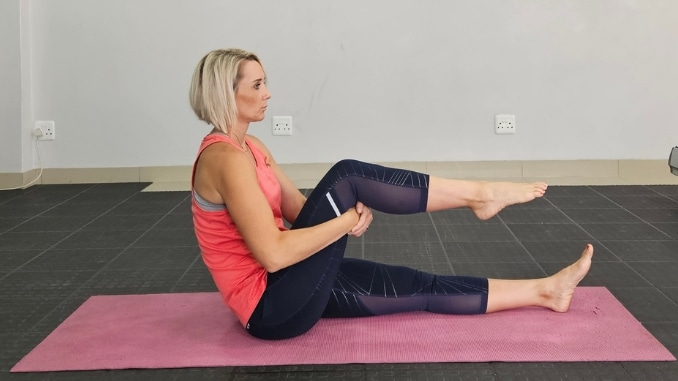 |
6. Angled Foot Coordination
For this foot pain exercises, begin in an upright sitting position with your legs extended in front of you, maintaining good alignment with your head, shoulders, and hips. Bend one knee, hold the back of the thigh with both hands and lift the foot off the floor. Flex your ankle to bring your foot in an outward-upward angle, pointing your toes toward your shin. Then alternate the movement by pointing and pushing your toes down toward the floor in an inward-downward direction. Hold each end position for a couple of seconds. Perform the movement for 1 set of 3 repetitions on each leg.
To intensify this movement, perform this foot exercise with your knee straight.
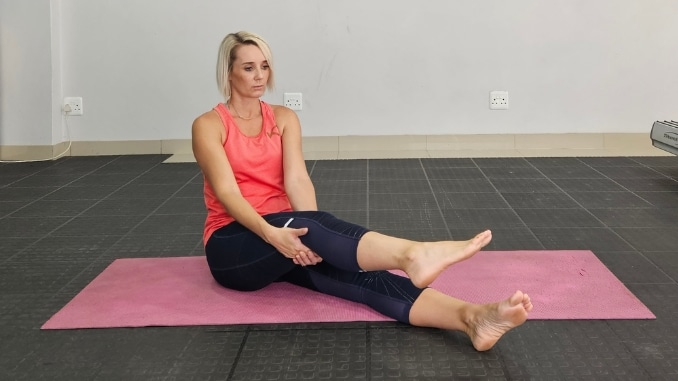 |
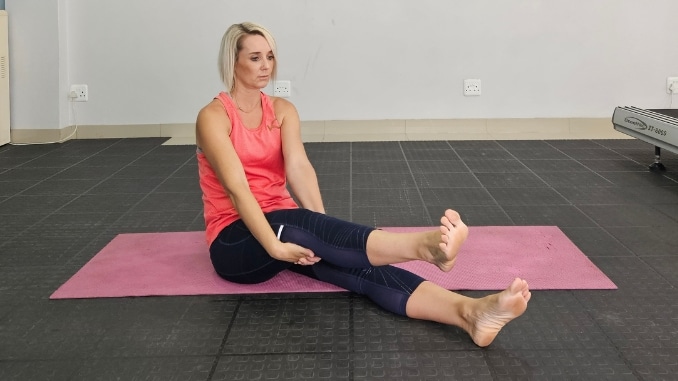 |
7. Marble Pick-up
Begin in an upright sitting position on a chair with your knees bent, and feet flat on the floor. Maintain a good alignment with your head, shoulders, and hips. Place some marbles or small objects on the floor in front of you. Using your toes, pick up one marble at a time and place it in a container. Continue until you’ve picked up all the marbles.
You can start with a small number of marbles and gradually increase the quantity as your toe strength and dexterity improve.
Conclusion
In summary, our feet are incredible, often overlooked structures that facilitate our mobility and adventures in life. Recognizing their value becomes apparent when foot pain strikes, highlighting the necessity of foot care. Understanding their complex anatomy and taking simple steps like proper hygiene, suitable footwear, and foot pain exercises can ensure our feet remain healthy and pain-free.
Healthy feet are not a luxury but a vital component of our overall well-being, impacting our mobility and posture. Prioritizing foot care allows us to step into life without discomfort and limitations.
Remember those days when you could walk, run, play with your kids, partake in sports, and go to the gym without foot pain? With this treatment, you really could be days away from getting your old pain-free life back. So buy “Plantar Fasciitis Relief In 7 Days” today, and rediscover quickly what it’s like to live pain-free!



